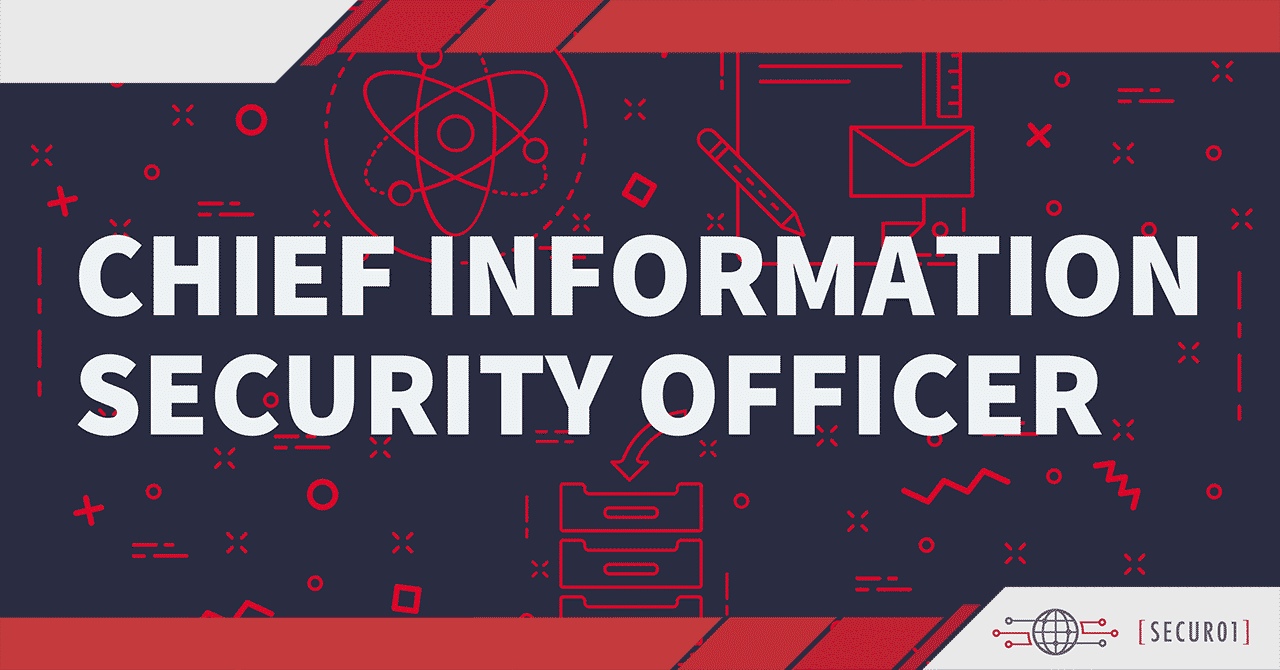There have been some significant changes in the way employees work and collaborate. One of the most significant shifts during the past few years has been the rise of remote working. While remote working does have its benefits for both companies and employees, such as the ability to work with freelancers while employees can work from home, this has also changed the way people work together. One of the biggest shifts has been the rise of video conferencing. Also called teleconferencing, this is a system where team members can meet with each other virtually. This provides numerous advantages when compared to a traditional phone call or even a conference call.
While there are numerous benefits of video conferencing, it is also important for companies to understand the challenges that come with this technology. By comparing the benefits to the challenges of video conferencing, companies will be able to put their staff in the best position to be successful. They will also be able to maximize the capabilities of video conferencing while covering up its drawbacks to the biggest extent possible. With this goal in mind, there are a few points that all companies need to consider.
The Benefits of Advanced Video Conferencing Technology
First, it is essential to delve into the benefits of video conferencing. Some of the significant benefits of video conferencing include:
This provides a way for companies to improve collaboration among their team members. One of the biggest issues when it comes to working remotely is that people are no longer physically near each other. This means that it can be challenging for teams to stay on the same page. With advanced video conferencing solutions, team members can talk to and communicate with one another.
Another major advantage of video conferencing technology is that this allows workers to improve their productivity. The fact remains that there are a lot of team projects that get stuck if the team members aren’t able to communicate. With video conferencing technology, teams can stay in touch with one another. This removes some of the biggest hurdles when it comes to working remotely, allowing teams to stay productive.
Besides, video conferencing technology is far more engaging than a traditional phone call. This means that meetings are more likely to be productive. Nobody likes going to meetings where nothing happens. This is simply a waste of time. With video conferencing technology, people are going to pay attention, getting more out of each meeting.
Furthermore, video conferencing technology allows people to share screens and files. One of the major issues when it comes to working remotely is that it is hard to keep everyone on the same page. When files are sent back and forth numerous times, this creates a significant security issue. With video conferencing technology, the file can be shared once, and people can edit the file at will.
Finally, with video conferencing technology, it is also easier to keep people who might not be at the meeting in the loop. For example, some options for video conferencing provide people with the capability to record the meeting. Then, the information can be shared later with people who might not have been able to make the meeting.
These are a few of the major advantages when it comes to video conferencing technology. The fact remains that there are numerous options out there for those who would like to leverage this technology. Therefore, it is vital for everyone to take a look around at the various options for video conferencing technology. Then, they can find the one that best suits their needs; however, to make the best decision, people also need to understand the challenges that come with using video conferencing technology. This starts with understanding the risks.
The Risks of Using Video Conferencing
There are a few significant risks when it comes to video conferencing technology. First, understand that there are lots of applications from which to choose. Therefore, not all options are going to be created equal. The security of the company’s systems is dependent on how well the vendor of the video conferencing technology solution prioritized security.
If the vendor did not make security a high priority, this means that the company is more vulnerable to some of the biggest threats when it comes to video conferencing technology. On the other hand, if the vendor did prioritize the security of its users, then this means there might not be as high a level of risk.
IF there is sensitive information that is discussed using video conferencing technology, this increases the risk and stakes of a potential data or privacy breach. To better understand the impact of this risk, it is essential to take a look at some of the biggest threats in the world of video conferencing technology.
The Threats in the World of Video Conferencing
There are a few major threats when it comes to video conferencing technology. By taking a look at these threats and understanding them ahead of time, organizations will be able to take steps to protect themselves. Some of the biggest threats in the world of video conferencing technology include:
The Brute Force Attack: This type of attack is similar to someone trying to guess as many passwords as fast as possible until the code is cracked. In a brute force attack, the criminal will seek to scan a list of all possible meeting iDs until they have connected to one successfully. This type of attack is not sophisticated; however, it can still be successful.
The Meeting Bomb: While this is not a literal bomb, this is a form of eavesdropping. In this attack, a criminal will seek to join a large meeting where he or she might go unnoticed. Then, he or she will take note of the information that is being discussed and try to steal it. In another version of the attack, the criminal might seek to disrupt the meeting in some way.
Screen Scraping: In this type of attack, the criminal will seek drop URLs into the meeting that might be malware in some shape or form. To protect against this attack, people need to hover over a URL and check the link. Make sure the link matches the URL. Sometimes, the link is different from the URL. This is how criminals get people to click on links that might spread malware.
Malware: Speaking of malware, this is one of the most common attacks in the world of video conferencing technology. In this type of attack, a criminal will seek to infect all devices at the meeting by spreading malicious attachments in some way. This could include links, applications, or other forms of malware that seek to disrupt people’s devices or steal information in some way.
Phishing Attack: A phishing attack can be executed using video conferencing technology. In this type of attack, the criminal will imitate some form of trusted individual or company. Then, the criminal will spoof this person, convincing people to surrender sensitive information. This might take the form of passwords, company information, credit card numbers, and more. This is one of the most common attacks in the virtual world.
When it comes to video conferencing technology, these are a few of the most common attacks. While video conferencing technology itself is improving, so are the attacks that are being levied by criminals. For this reason, everyone needs to know how to protect themselves and the company against these attacks. As video conferencing technology becomes more common, the attacks will only become more frequent.
The Best Practices in the World of Security
To reduce the risks that are created by video conferencing technology, there are a few best practices that everyone should follow. Taking note of these best practices and employing them effectively can mitigate the risks associated with video conferencing. Some of the following tips that everyone should follow include:
- Choose the application Carefully: Many of the risks in the world of video conferencing technology come from people merely choosing applications that are not safe. Make sure to research the vendor ahead of time. Try to use existing corporate solutions when this is available. When using a video conferencing technology application, make sure there are security measures that can be customized to meet the needs of the company. Furthermore, make sure the vendor is abiding by all relevant privacy laws as well. This can go a long way toward protecting the information of the company. Finally, make sure to test the application and see how it works before giving it to the rest of the company.
- Take Steps to Secure the Application: Once the application has been downloaded, take steps to make sure that it is secure. Like other computer programs, it is crucial to keep the application itself up to date. To do this, make sure the default settings are changed immediately. While default settings are standard, they are often less secure when compared to customized settings. Furthermore, make sure that all features that are not being used are disabled. This means file sharing, screen sharing, and even the generation of transcripts. Finally, make sure that all administrative privileges are disabled for those who do not need them.
- Secure All Meetings: Besides, it is essential to take steps to secure all meetings. Meetings are sometimes public, and this needs to be hanged. Secure the meeting link itself with an appropriate username and password. Furthermore, keep the meeting link as well as the username and password private. Make sure that the participants are only able to join the meeting if the host is present and set up a waiting room for all participants if this option is available. Make sure that the number of administrators is kept as small as possible. Finally, do not discuss any sensitive information over the video conferencing technology.
- Share Tips with Employees: When it comes to video conferencing technology, there are also a few tips that all companies should share with their employees. First, make sure that video conferencing technology is only used for work purposes. Second, keep the ID and password of meetings private and tell employees to keep this information to themselves. Third, try to set up multi-factor authentication for all employees to make it harder for bad actors to break into this technology. Furthermore, encourage employees to types all links into the URL bar manually instead of clicking on the link to avoid malicious links. Finally, make sure that everyone is using a secured Wi-Fi network at all times. The threats that come with an unsecured Wi-Fi network are genuine and can compromise sensitive information.
These are a few of the best practices that all companies can follow to make sure their organizations are safe while using video conferencing technology. Finally, anyone who has questions or concerns must take the time to reach out to trained professionals and ask for help.
Rely on the Help of Trained Professionals
There are numerous benefits when it comes to working remotely. While employees can work from home, companies can employ people outside of their local area. At the same time, there are also significant risks that come with working from home. As video conferencing technology becomes more essential in the remote world, the security stakes are only going to get even higher. For this reason, companies need to rely on trained professionals who have experience in this area. This can go a long way toward keeping the company and its workers safe from harm. If you are looking for trained professionals who can help you keep your video conferencing technology safe, contact us today to learn more about how w can help you. We are here to protect you, your employees, and your information from the clutches of bad actors. Call us today!





